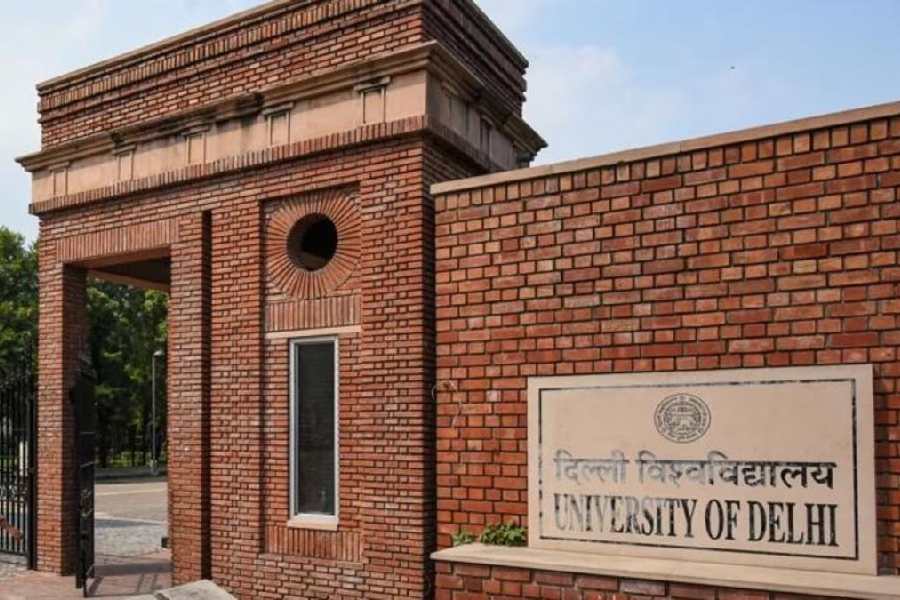
Sept. 22: Construction flaws and poor maintenance seem to be the key reasons why a concrete chunk fell off the Baghajatin flyover on Wednesday.
Structural engineers familiar with the flyover, built in early 2000s, said the structure had been weakened following years of water seepage into the iron frame below the concrete deck slab of the main carriageway through hairline cracks.
"The experts who inspect the flyover missed the cracks," an engineer said.
Over the years the seepage had resulted in deposition of rust on the iron rods, which consequently bulged, weakening the concrete around them.
One such weak spot came off the eastern flank of the flyover - which takes traffic towards Patuli - on Wednesday, unable to bear the stress resulting from continuous movement of vehicles.
"The bridge is old and the repairs will continue for a fortnight. The eastern flank will remain close till then and vehicles in both directions will ply through the other flank," said a senior engineer of the CMDA, the custodian of the flyover.
The chunk that fell didn't injure anyone but it served as a pointer to the sorry state of the structure. A chunk of similar size had fallen off a few years ago the flyover, a crucial link between Garia and the city's northern parts over the Bypass.
"This happens when maintenance is poor and the water that collects on a structure like a flyover is not cleaned regularly," said Saibal Kumar Ghosh, a teacher in the civil engineering department at IIEST Shibpur. If maintained properly, he added, a structure like the Baghajatin flyover can last 100 years.
"A concrete surface is not fully resistant to water seepage. That is why there are standard construction codes on the thickness of concrete - depending on the type of traffic - to be used in building flyovers," said a construction specialist, who is a member of teams that have prepared detailed project reports for flyovers in New Delhi and the North-east.
"Poor maintenance results in water accumulating on the carriageways. But if it starts seeping till the iron reinforcement below, then the concrete is not as thick as it should be."
An expert pointed out that the thickness of the concrete on the deck slab of a flyover should be 40-50mm. "It seems the concrete bed on the Baghajatin flyover is slimmer than that."
CMDA engineers said the concrete chunk had come off because of a sudden increase in the "load at a particular point" of the structure. They blamed the movement of heavy machineries such as cranes, which are being used for the construction of the Garia-airport Metro, for the sudden increase in load.
"The sudden increase in load resulted in the rupture. We will undertake necessary repairs, which will include applying anti-corrosive paint on the iron reinforcement at the particular point," an engineer said.
Structural engineers dealing with flyovers, however, said a sudden increase in load at a particular point could in no way result in a rupture. "When a flyover is designed, the load-bearing capacity is calculated based on an estimated vehicular growth and the type of vehicles that will use the structure," an engineer said.
"Given that the flyover is not even 20 years old, age should not be a reason for the fall of the concrete chunk," said B. Bhattacharjee of IIT Delhi's civil engineering department.










